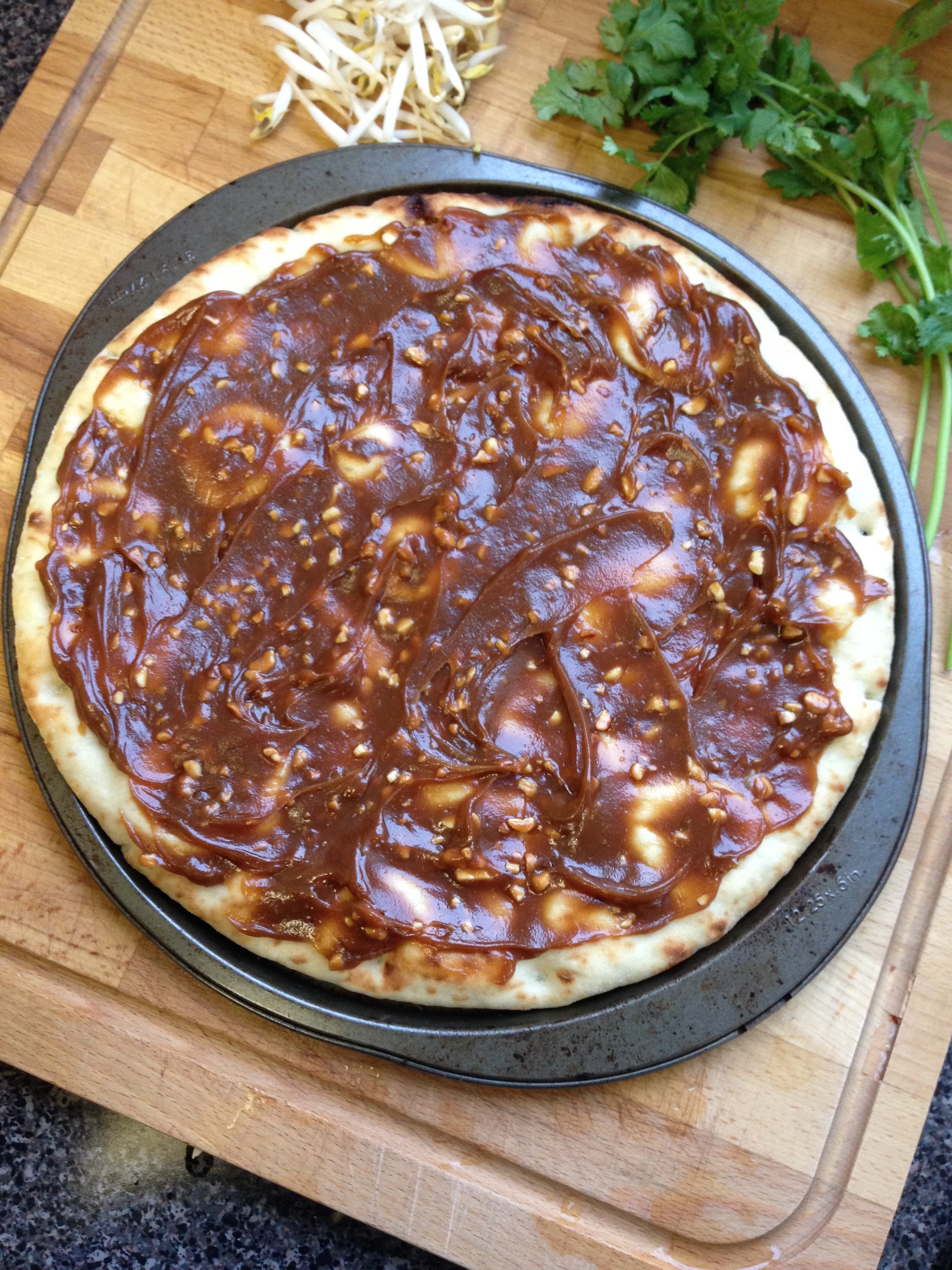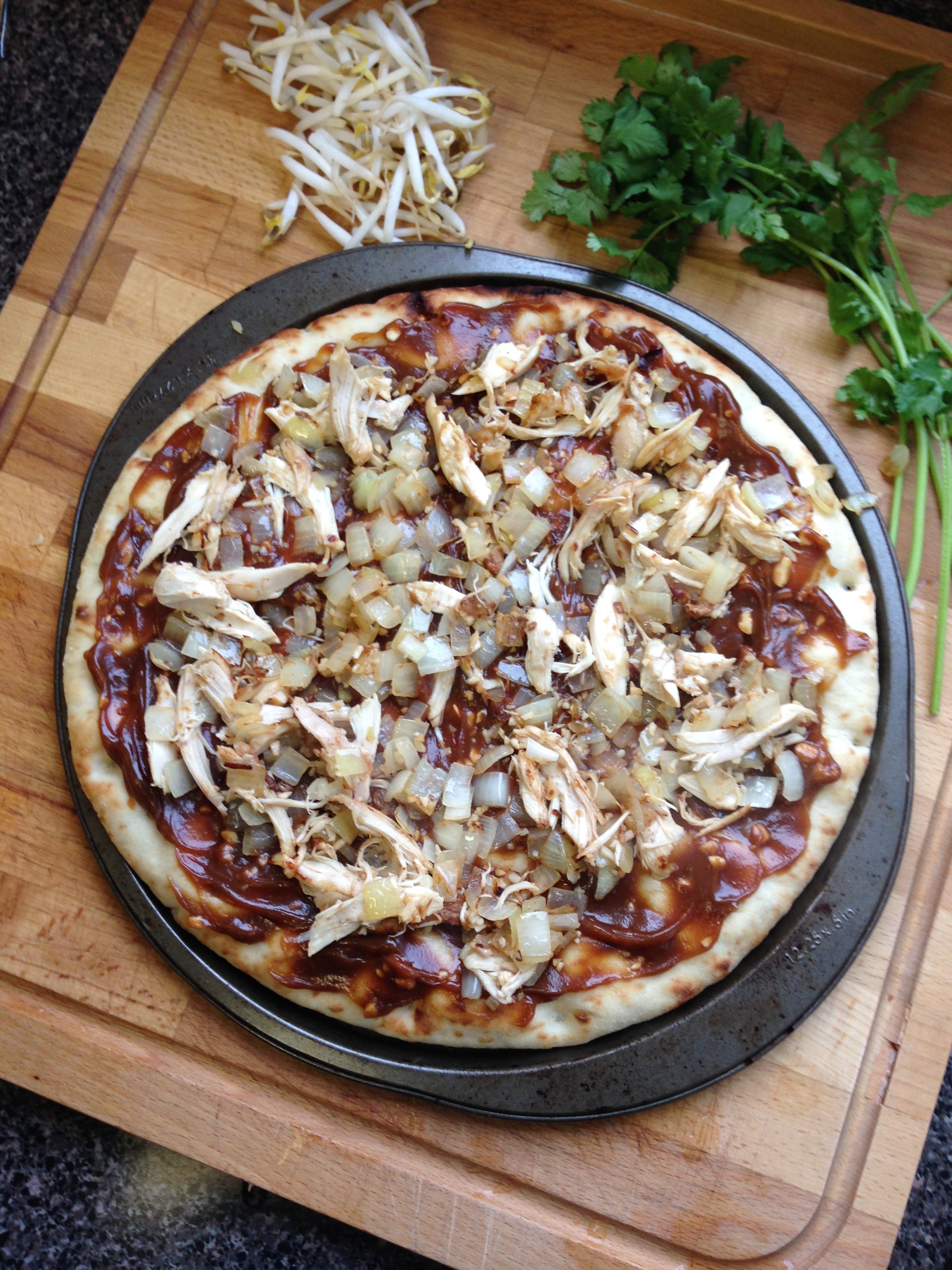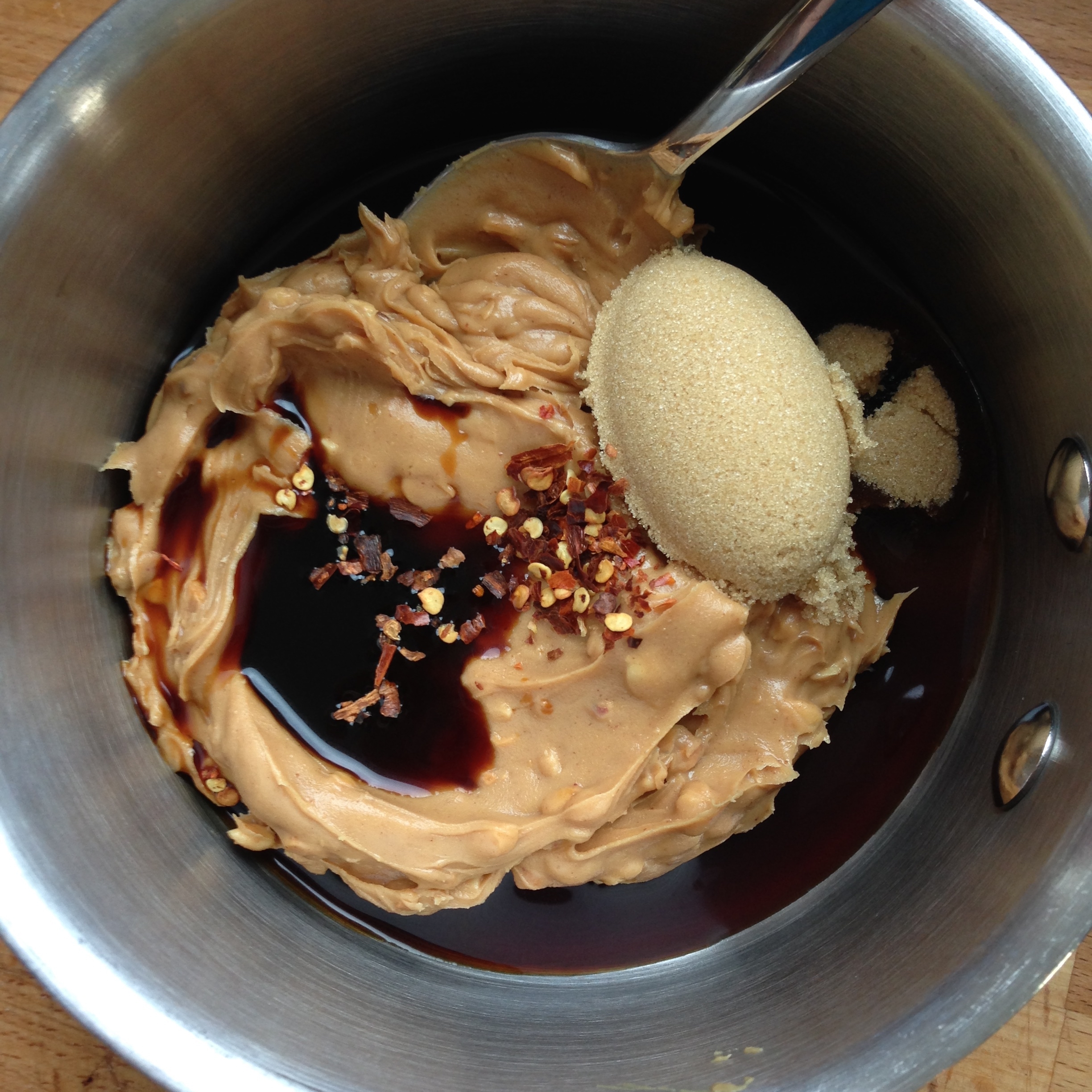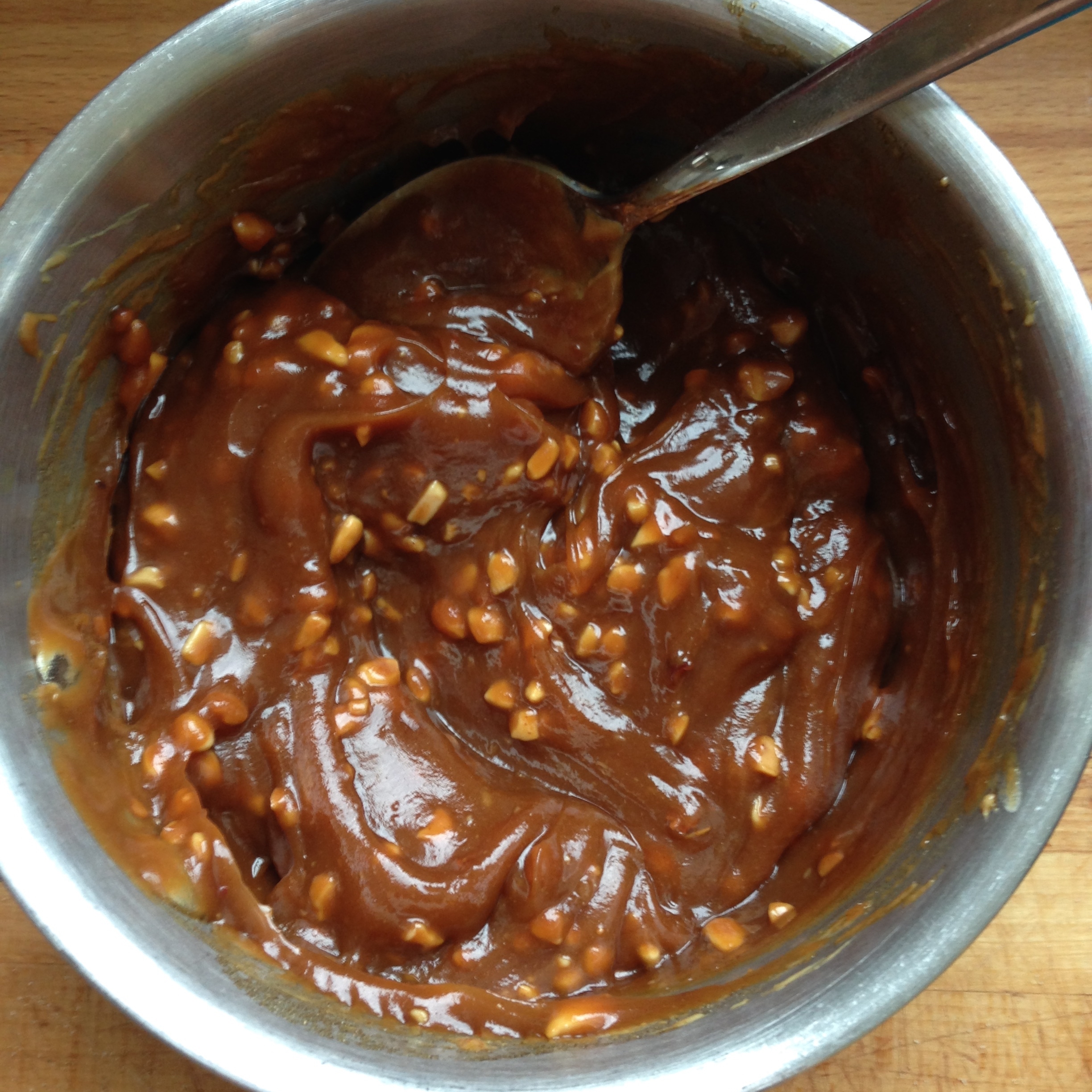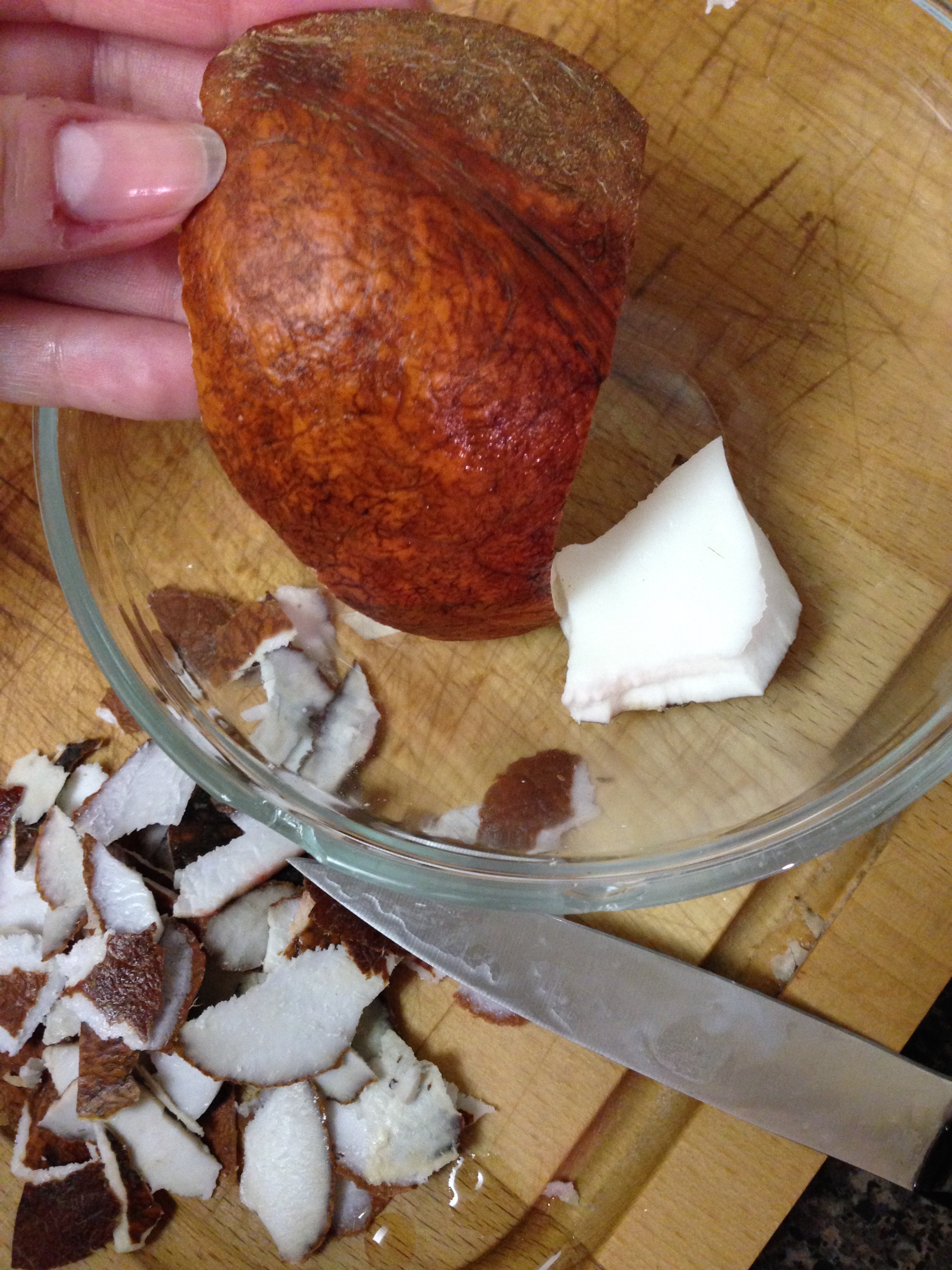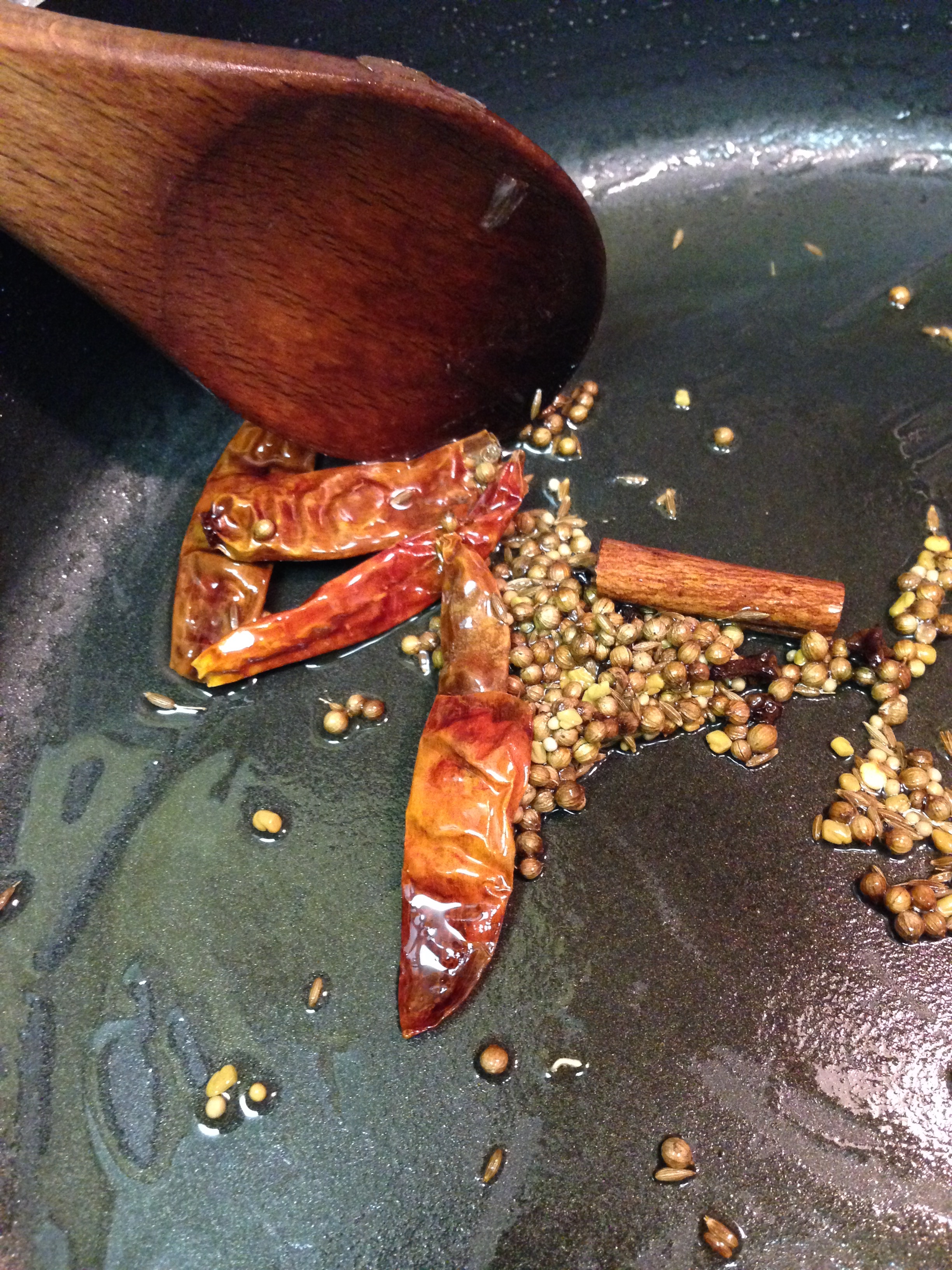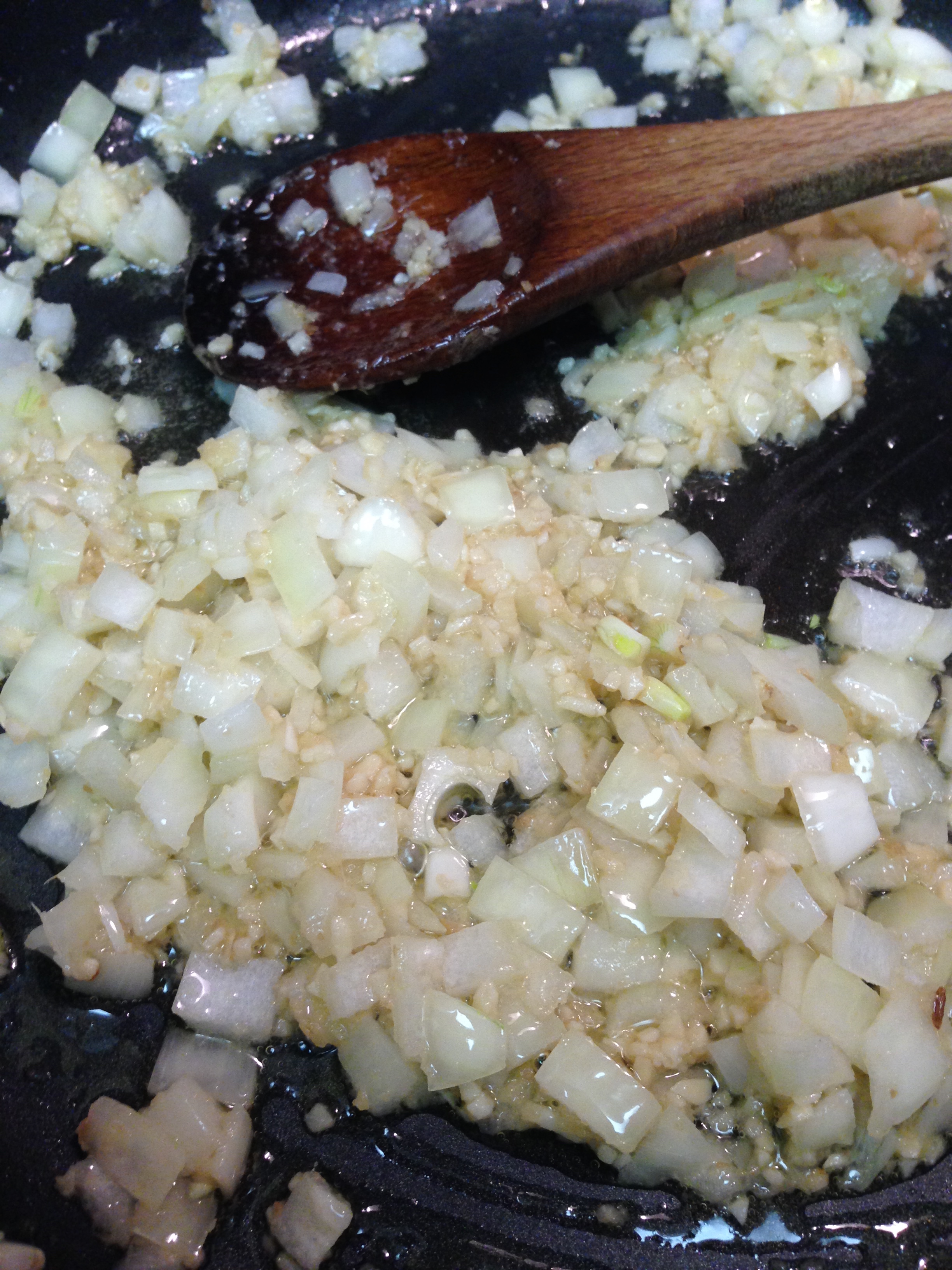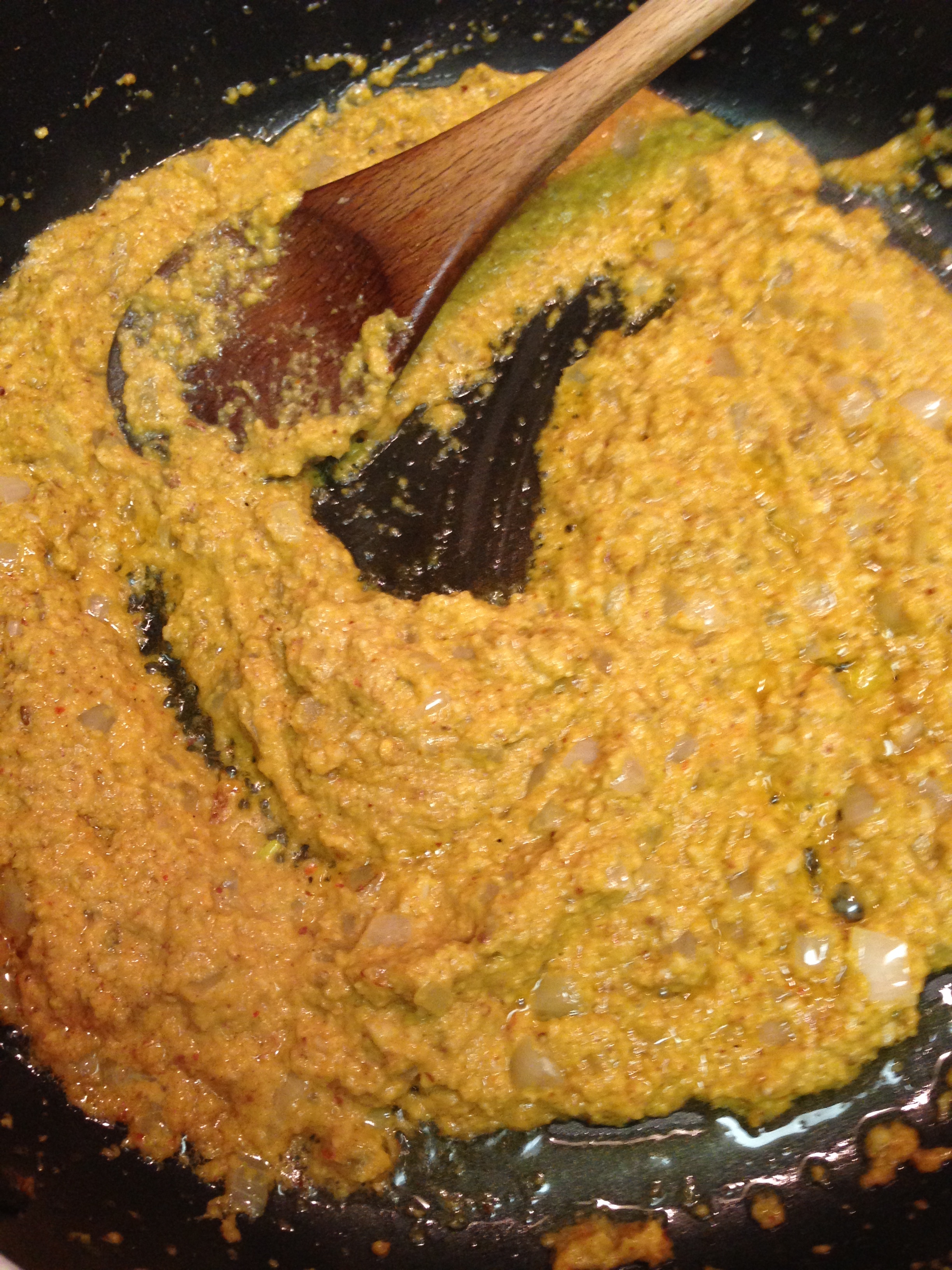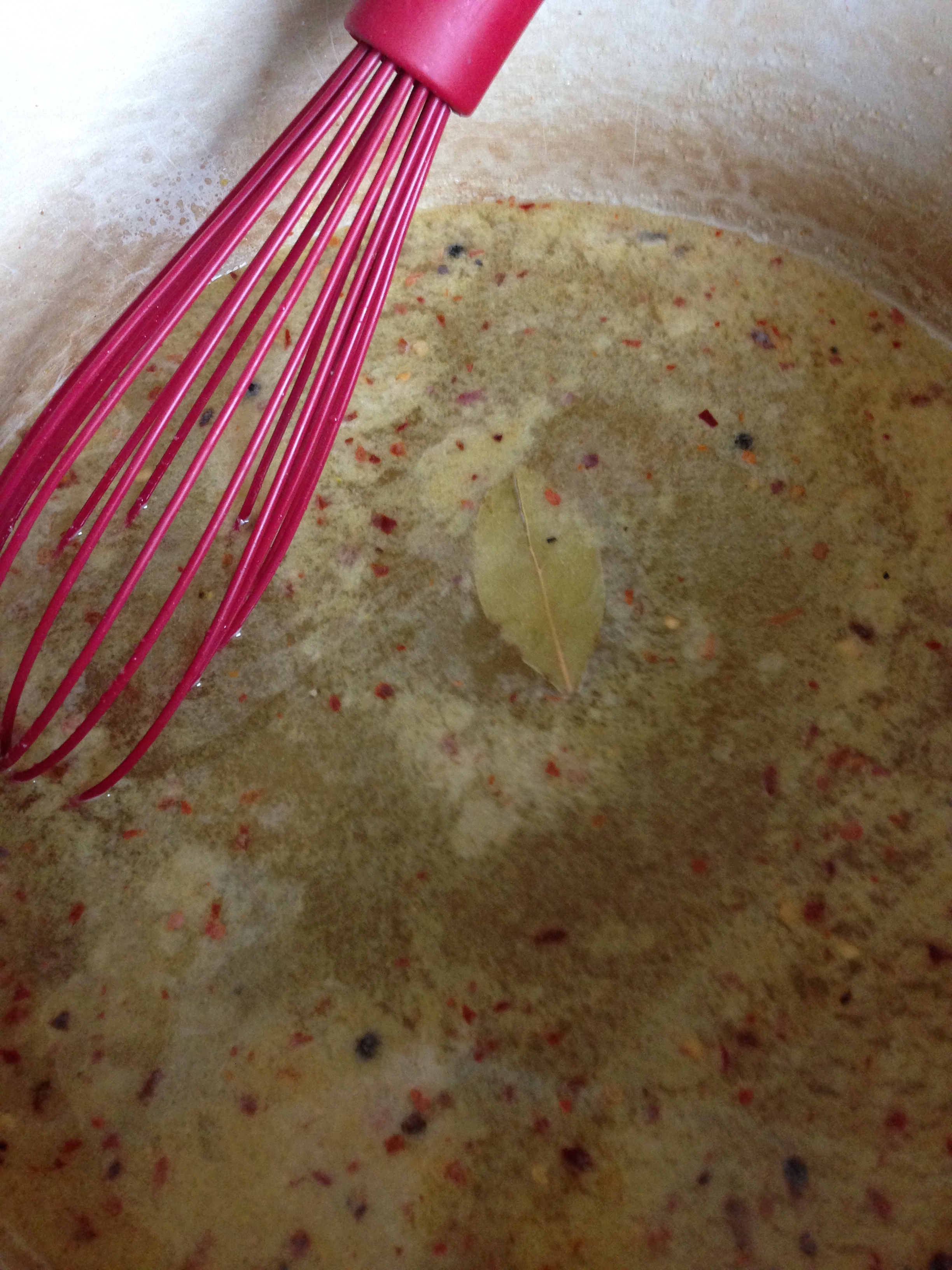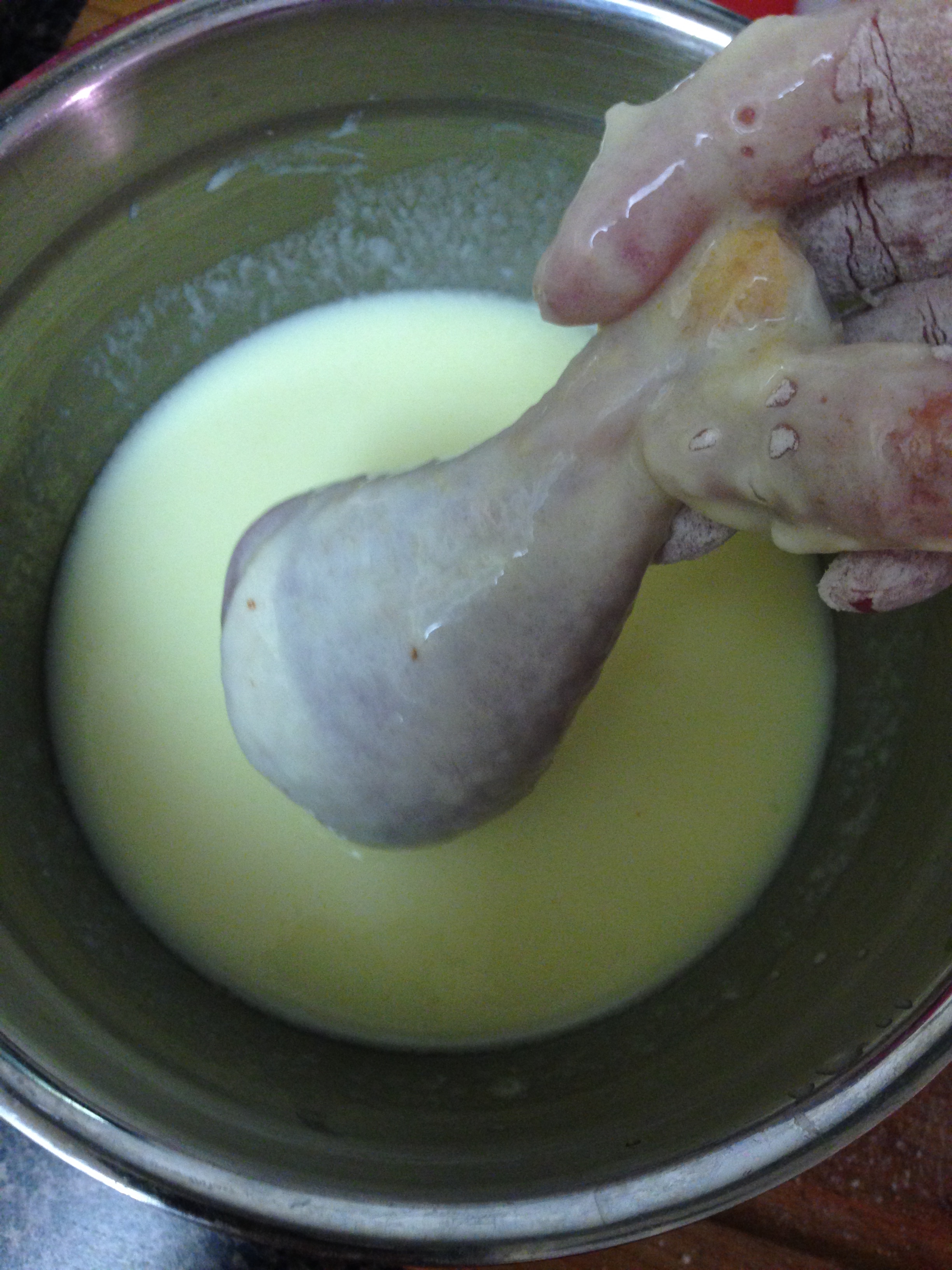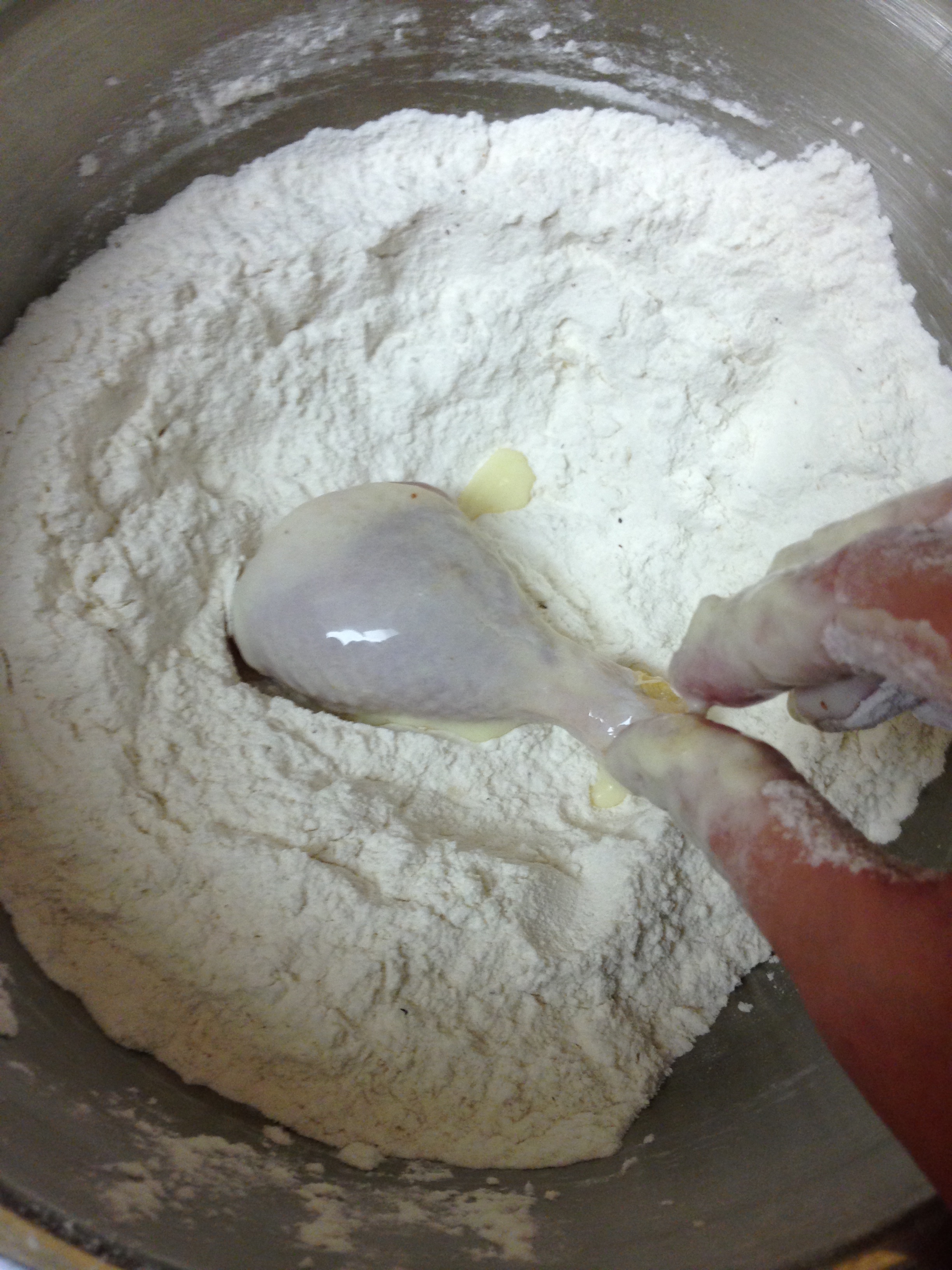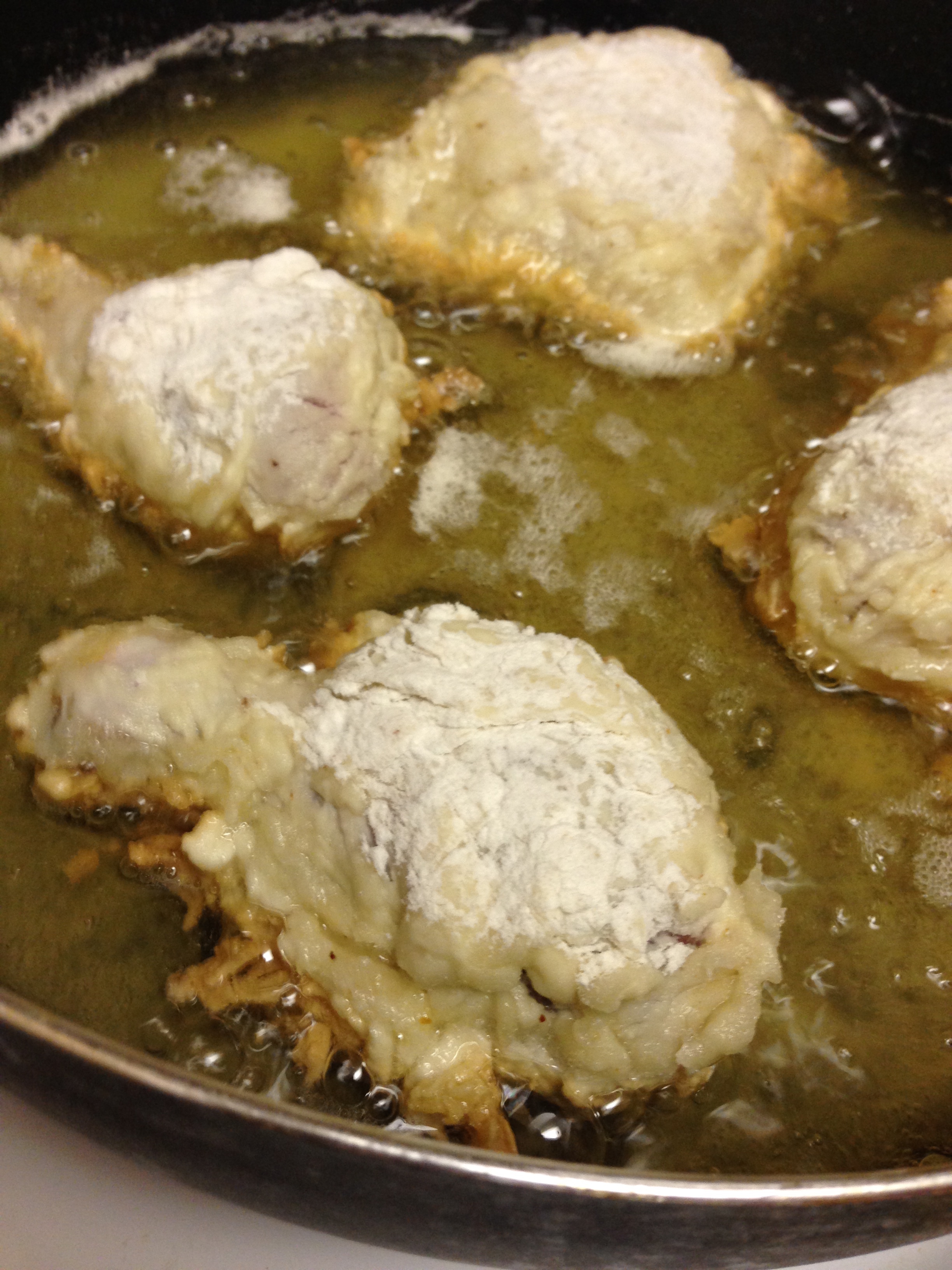Fall is the best season for cooking, in my opinion. When it gets cold and gross outside all I want is a warm hearty dinner. This usually means I whip out the slowcooker and get mah stew on, but for the inaugural fall meal this year I was inspired by a magazine cover: Fried Chicken.
Fried Chicken
Chicken thighs and legs, bone in, with skin (~8 pieces total)
4 cups water
1/2 cup salt
6 - 8 black peppercorns
1 bayleaf
1 tsp red pepper flakes
1 tsp cayenne pepper
1 tsp garlic powder
2 cups flour
1 cup rice flour
1/2 tsp salt
1/4 tsp pepper
1/4 tsp cayenne
1 cup buttermilk
2 eggs
Vegetable oil
- To make the brine: Combine all ingredients in a non-reactive saucepan or dutch oven. Over medium heat, heat brine. Stir until all salt is dissolved. Remove from heat and let cool completely (you can put the brine in the fridge for 10 minutes to quicken this up).
- Brine chicken by immersing the chicken in the brine and letting it sit, covered, in the fridge for at least 2 hours, up to 8 hours.
- Remove chicken from the brine. Place the chicken on a raw meat cutting board and pat dry with a paper towel. Discard the brine down the sink and garbage the spices.
- To coat the chicken: In two separate bowls combine wet ingredients (buttermilk and eggs) and in the other combine dry ingredients (flour, rice flour and spices). Coat chicken in the buttermilk mixture first. Lift the chicken out and let any excess run off of the chicken back into the bowl. Then transfer the chicken to the flour mixture. Dredge the chicken in the flour mixture, flipping at least once to get both sides. Coat the chicken well, so the buttermilk is totally absorbed. Lift the chicken out and give it a gentle shake to get any excess flour mixture off. (I do this coating process twice because I like a thick coating.)
- Set battered chicken down and let rest for at least 5 minutes. (This helps the moisture soak into the crust so it won't be floury.)
- While the chicken is resting, it's time to get your oil ready. If you have a fancy deep fryer, fill it up and turn it on. Most fryers will have settings for cooking meat. If you're like me and like to live adventurously, fill a wide and deep frying pan with vegetable oil, about 2 inches up the sides of the pan. Heat the oil over medium-high heat. It's very important that the oil stay the same temperature. But PLEASE BE CAREFUL. Hot oil is very dangerous. Under no circumstances move a frying pan filled with hot oil. (I'm not afraid of many things found in kitchens, industrial or otherwise, but boiled oil makes my heart pound). The oil will typically crackle or ripple when it's reaching frying temp but use a thermometer to get the temp. It should be around 340'F.
- It's frying time! Very Carefully place the legs and thighs, one at a time, evenly spaced, into the hot oil. (Depending on the size of the pan, cook chicken in two batches.) The oil will bubble up when the chicken is introduced. Once the pan is full, cook chicken for 6 minutes, flipping once with some tongs, continuing to cook for another 4-6 minutes on the other side, or until a meat thermometer reads 165'F. (About 10-12 mins total.)
- When the chicken is done, place on a wire rack, sprinkle with salt, and let sit for about 2 minutes. Don't worry, it's not going to get cold. Just put-in-mouth temperature. Fry remaining chicken in the same way.
- Serve with buttered corn and mash potatoes! Makes about 8 pieces.
It was a fun fall food adventure! Just the pick-me-up from the gross cold fall drearies. I do have three tips/secrets though:
- Brining is a super important step. It keeps the chicken moist as it cooks in the high heat of the oil. Even if it's just for 2 hours, brining makes such a difference.
- Don't skimp on the rice flour. It helps the coating from getting overly browned before the chicken is fully cooked. That lightly golden colour is possible because of the rice flour.
- RE: my above recipe spaz about boiling oil - Do Not set the oil to boil over high heat. The chicken coating will burn before the meat is cooked (and also ferociously boiling oil is rather frightening). First start with the oil over med-high heat. Then adjust the oil heat to higher or lower as needed throughout the cooking time (trying to keep the oil at around 340'F). The more pieces in the oil, the faster the temp will drop. So keep the pieces evenly spaced to ensure they all get a cookin'.
Mmmm. Dangerzone, you are filled with fried chickens....
Some people exercise for health. I exercise for food. Delicious fall food. <3
Cheers!
-Andrea
The Half-Assed Hobbyist


